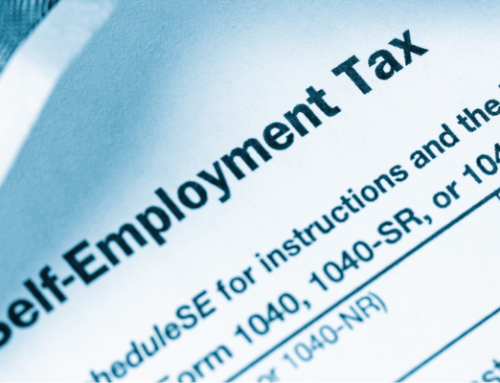If you are a construction contractor reporting long-term contracts on the percentage of completion method (§460(b)(1)) you may be required to calculate look-back interest (§460(b)(2)) on your long term contacts.
What is look-back interest?
The percentage completion method for reporting income from long-term contracts is, fundamentally, based on estimates. The percentage that a contract is “complete” is based on the amount of costs incurred to-date divided by the overall estimated cost to complete the contract; therefore, when a contract that spans several tax years is final the actual cost to complete the contract will likely be higher or lower than the estimate. So, there will almost certainty be a variance between the amount of income reported yearly under percentage completion method and the actual results.
How do we account for these inherent differences in tax reporting? And, what if our original cost estimate was inaccurate?
This is where look-back interest comes into play. The IRS some requires taxpayers to recompute their long-term contracts (§460(b)(2)(A)) comparing the estimated results against the actual result(§460(b)(2)(B)) . Then, an interest rate is applied (§460(b)(2)(C)) to determine if the taxpayer owes or is entitled to interest on under/over reporting of income during the contract’s life.
When does the look-back rule apply?
The look-back rule method applies to any completed long-term contract that:
- Spans more than two tax years
- and/or has a gross contract price exceeding the:
- lesser of $1,000,000 or
- One percent of the average annual gross receipts for the three previous years.
One exception is that an election can be made if the cumulative taxable income/loss that was reported is within 10% of the entire look-back income/loss.
The rules are complex and often misunderstood. If you think the look-back rule applies to your construction company and you have questions please contact us. We would love to help!





